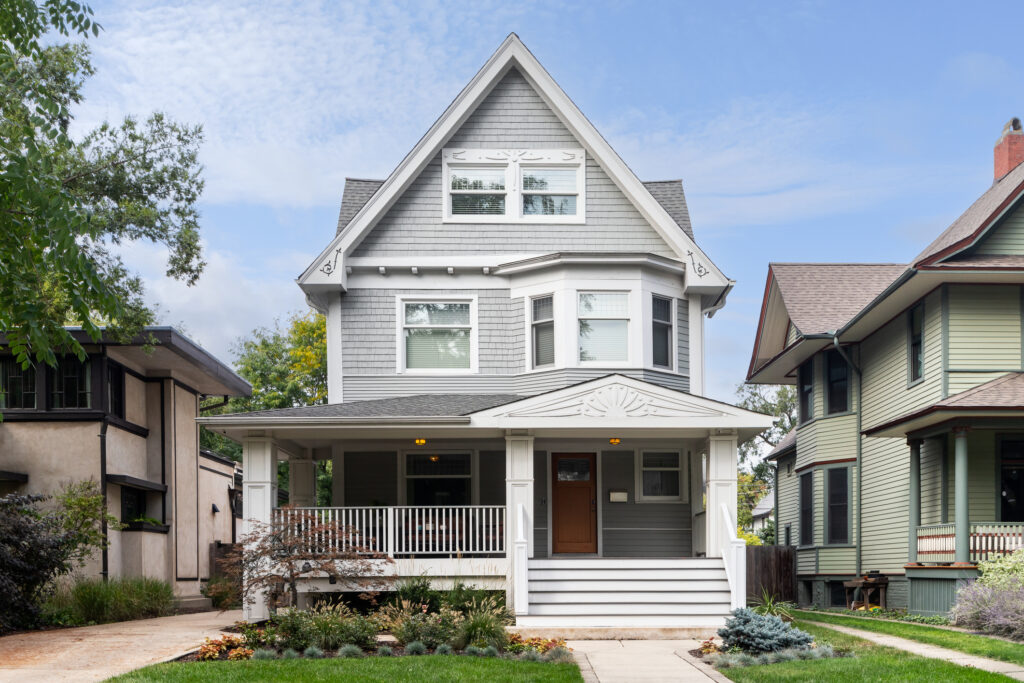Multifamily construction expected to stabilize in U.S. in 2023, NAHB official says during luncheon

Kathy A. Bolten Mar 1, 2023 | 8:25 am
1 min read time
341 wordsAll Latest News, Housing, Real Estate and DevelopmentConstruction began on 529,000 multifamily housing units in the U.S. in 2022, the highest total in 36 years, according to the U.S. Census Bureau and Department of Housing and Urban Development.
The large number of units under construction has been sparked by low apartment vacancy rates and increasing interest rates for home mortgages, said Danushka Nanayakkara-Skillington, a featured speaker at Tuesday’s annual Builder & Developer Luncheon, sponsored by Diligent Development Group, a Clive-based real estate and development company.
Nanayakkara-Skillington is assistant vice president for forecasting and analysis for the National Association of Home Builders, based in Washington, D.C.

The association expects the multifamily market to stabilize in the coming months, Nanayakkara-Skillington said. “We expect it to stabilize simply because there are over 940,000 multifamily units under construction [nationwide] right now. That’s the highest level since 1973.”
The Des Moines area is also seeing a wave of new multifamily construction. Multifamily projects whose construction began in the past 18 months are expected to add more than 1,600 new rental units to the area in 2023, according to CBRE’s multifamily market report.
Part of the demand for apartment units is the result of people between the ages of 25 and 34 not being able to afford to buy a house, Nanayakkara-Skillington said. The demographic has a heavy debt load that includes credit card and loans for automobiles and education.
“From an economics perspective, [auto loans and student loans] are a heavy, heavy burden for young households,” Nanayakkara-Skillington said.
The low supply of houses for sale, increasing home mortgage rates and high debt levels are prompting many millennials – people born between 1981 and 1997 – to live in apartments or their parents’ homes, she said. The number of young adults living with their parents totaled nearly 9 million in 2021, nearly double the number in 2000.
“That is partly why homeownership rates have dropped,” Nanayakkara-Skillington said. Since 2004, the homeownership rate in the U.S. has dropped from 69.2% to its current level of 66%.
“We believe the new equilibrium is 65% to 66%,” she said.

Kathy A. Bolten
Kathy A. Bolten is a senior staff writer at Business Record. She covers real estate and development, workforce development, education, banking and finance, and housing.










